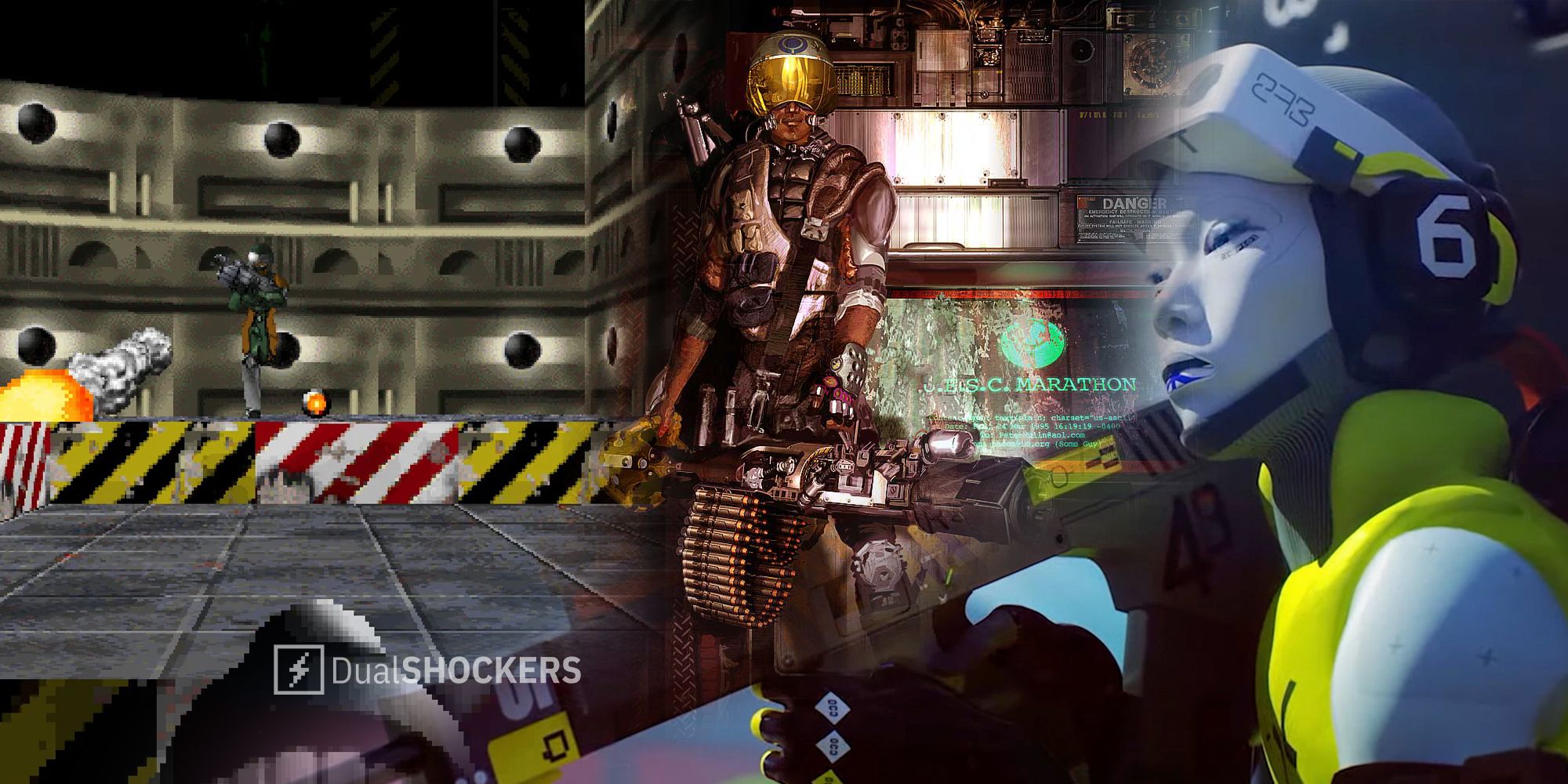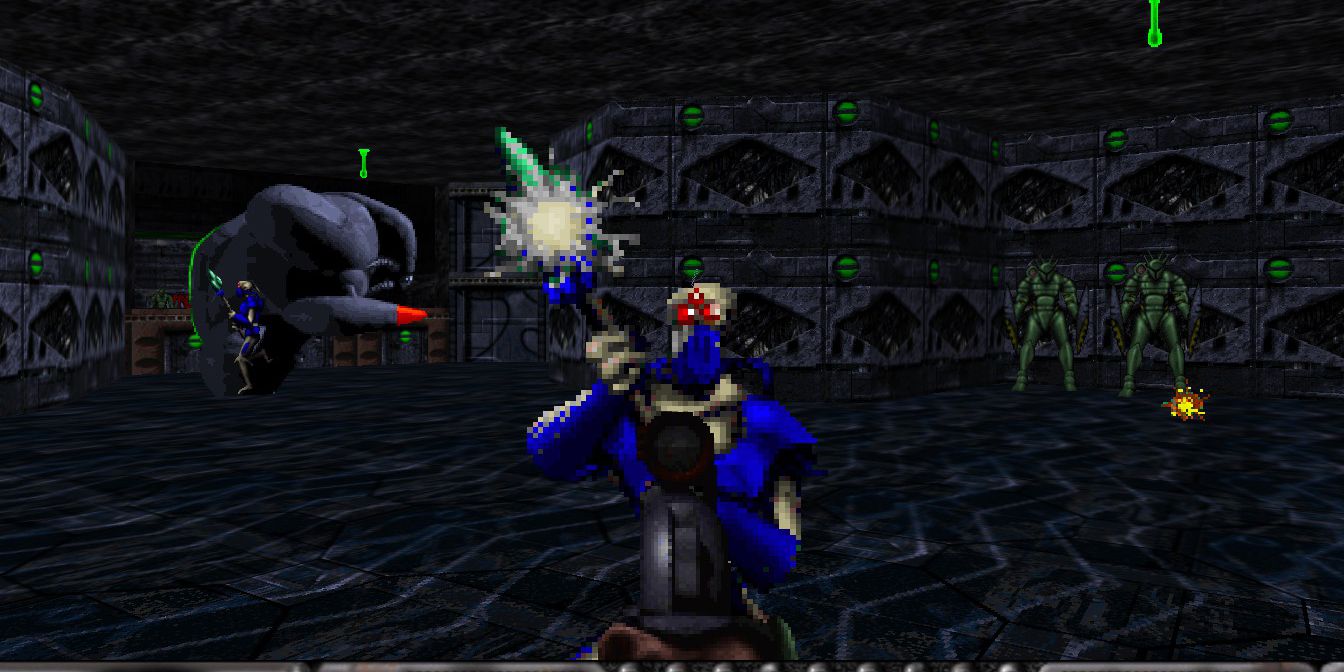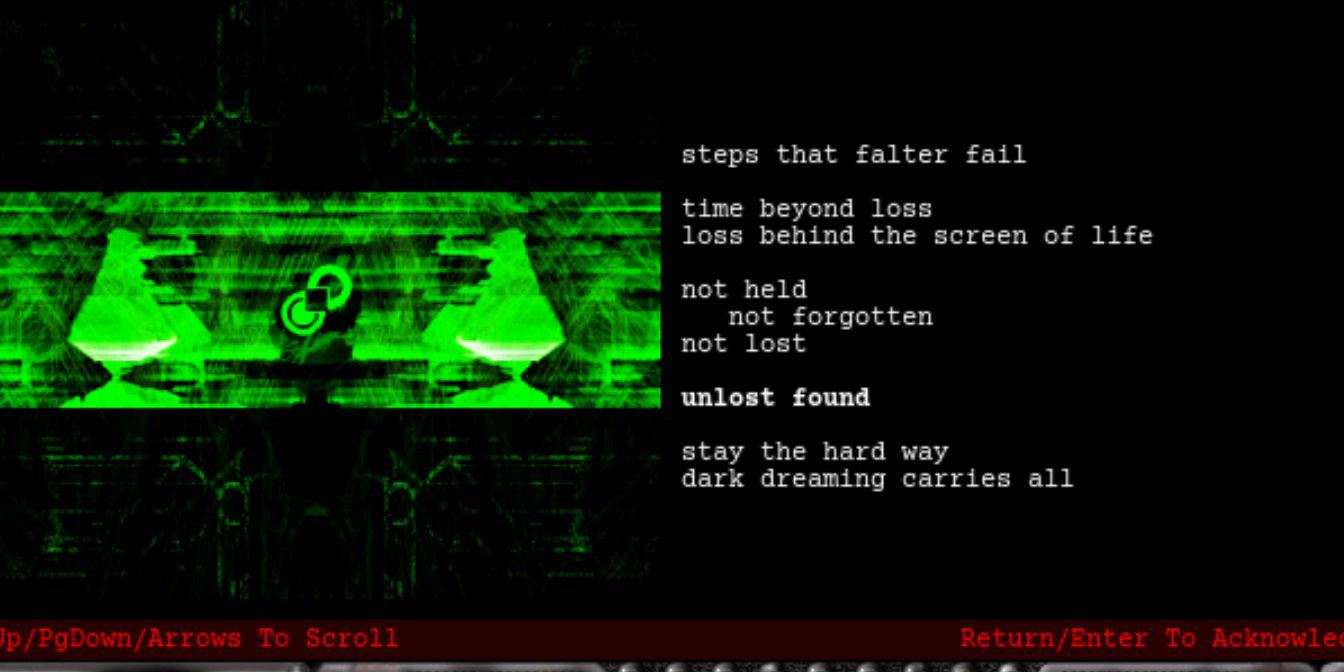One of the more intriguing games to emerge from last night’s Playstation Showcase for me was Marathon. Not only was the trailer visually striking, with a gorgeously bold colour palette and vibrant sci-fi stylings, but it also signals the return of Bungie’s Marathon IP after a 26-year hiatus. The sci-fi FPS was spread across a trilogy of games between 1994 and 1996, and has largely been credited as the predecessor to Halo with its well-told tale of intergalactic conflict.
While the upcoming Marathon game is expected to be an online extraction shooter (love me a good extraction shooter) and looks like it’s introducing a new aesthetic to the IP, it’s still set in the same universe, so I figured it’d be fun to look back on the original Marathon trilogy (and let you know how to play it today for free).
The Marathon Trilogy was released between 1994 and 1996 for Mac (sorry, Apple Macintosh, as it was known before Apple became cool) and the Pippin—Apple’s short-lived multimedia and games console. Marathon was very much Mac’s answer to Doom, and if Doom stylistically embodied the rough-and-ready nature of PCs at the time, then Marathon very much represented that Mac slickness. It was visually brighter than Doom, more notably ‘sci-fi’ with aliens and spaceships, and hapless human civvies running around in lime-green jumpsuits. The soundtrack was clean and cosmic in contrast to the grinding compressed guitar riffs of Doom, and it was a trilogy with considerably great storytelling ambitions than id Software had with Doomguy at the time.
The design of its world was, as we’d come to expect from Bungie, decidedly slick. In the first game, you’re defending the titular spaceship from alien invaders. In the sequel, you’re taking the fight to the invaders on their home planet (who, it turns out, are actually enslaved by another more advanced alien race), while in the third game, Marathon Infinity, you’re time-travelling and dimension-hopping to try and stop some kind of eldritch space horror being released and consuming the galaxy.
As it happens, a couple of years ago I was researching Marathon for a ‘Making Of’ piece that never came to fruition, and in doing so discovered that all the games had been ported to PC. Bungie has been pretty kind with the Marathon games over the years. It made all three of them available for free, and released the source code for the trilogy too. This meant that plucky modders created an engine, Aleph One, that makes it easy to play the entire Marathon trilogy on modern computers (yep, including Windows). You can grab all the games here.
Having played a bit of all three Marathon games, it was fascinating seeing Bungie already showing the kind of worldbuilding that would help its Halo and Destiny series become the phenomena they are today. In a way reminiscent of immersive sims and no doubt inspired by System Shock (which came out just a few years prior) you’d access snippets of story through in-game computer terminals, which paint an impressive picture of a much wider conflict, alien empires, and intergalactic politics.
While you didn’t need to read these particular terminals, you’d definitely want to read some of them, because they’d provide you with key information on how to solve certain puzzles; I recall at one point I was activating gangways in a lake of lava, entered them in the wrong order, and ended up stuck with nothing left to do other than chuck myself into the flaming abyss.
Likewise, health refills and save points are also physical, interactive terminals in the game world, creating that nice layer of keeping you in the space rather than just running around grabbing glowing pickups.
Particularly from the second game on, you could find yourself swept up in some feisty little skirmishes between humans and aliens too. I’m talking a good dozen NPCs on each side blowing each other away—that just wasn’t the kind of stuff you saw in other first-person shooters in 1995, where you’d usually play as a one-man army. The sense of scale in Marathon, whether through the set-pieces you took part in or the storytelling, was extremely impressive for the time.
Playing Marathon today, you’ll definitely run into the usual frustrations when going back to play games from this era: confusing level design, obscure objectives, a lot of going back and forth in labyrinths of repetitive textures without knowing what to do. But the source ports make the games way more palatable, with widescreen resolutions, proper mouse-aiming, modernised UIs and (thank the gods) the option to save at any point.
With this long-buried piece of gaming history set to re-emerge in a bright new form on PS5, it’s the perfect time to unearth these lost FPS relics. Who knows? You may just discover something that helps you better understand that gorgeous trailer we just witnessed.




